XR4MCR - Extended Reality for Manufacturing and Collaborative Robotics
What is XR4MCR?
XR4MCR is an innovative EdTech project funded by MASTER, aimed at transforming education and training in manufacturing and collaborative robotics through Extended Reality (XR) technologies. The project brings together a consortium of European partners to develop cutting-edge XR-based training solutions that will enhance workforce skills and improve manufacturing efficiency and safety.
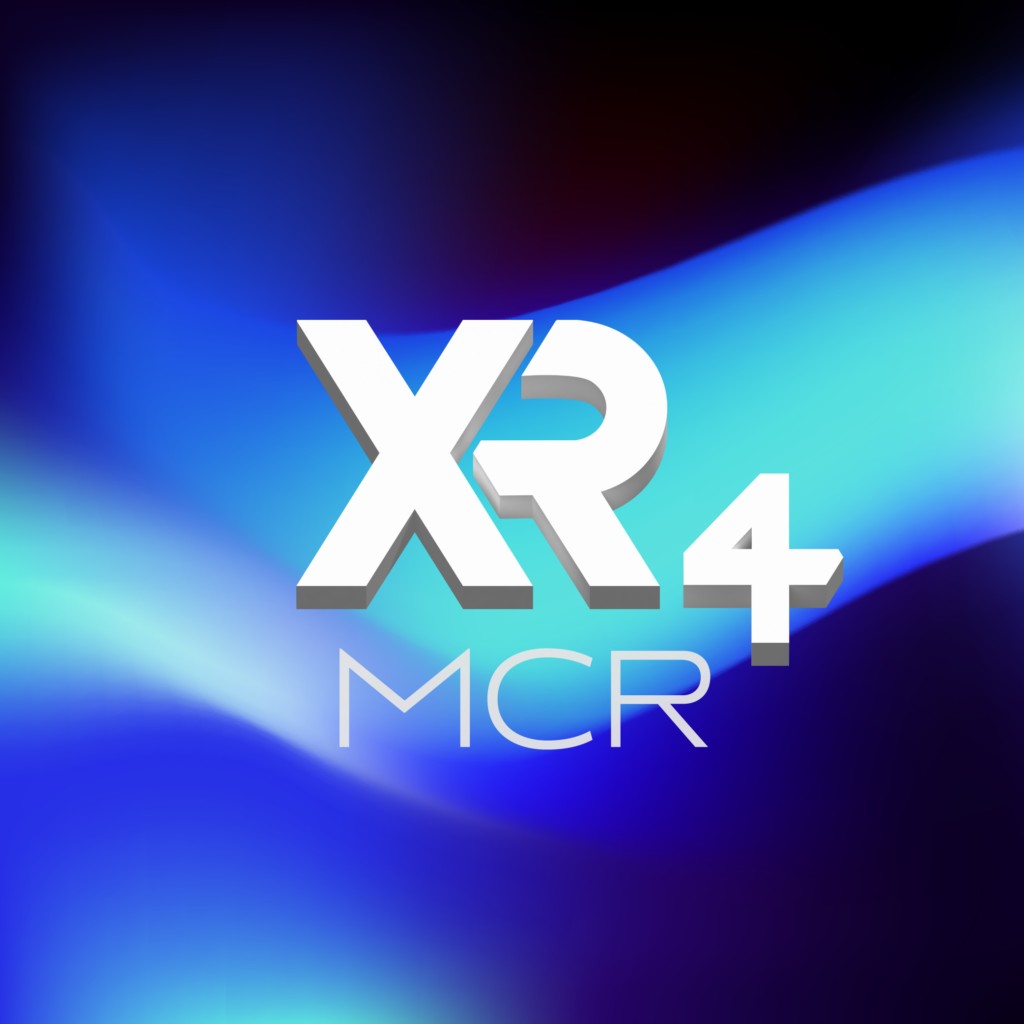
Project Objectives
By combining cutting-edge XR technology with advanced robotics, XR4MCR aims to:
• No-code module creation: Simplifies training content development for diverse users.
• Enhanced training efficiency: Provides immersive, realistic learning experiences to optimise skill development.
• Cost reduction: Offers a scalable solution to minimise training expenses.
• Collaborative learning: Supports multi-user interactions for team-based scenarios.
By combining cutting-edge XR technology with practical usability, XR4MCR is reshaping how maintenance professionals prepare for industrial challenges.
Find out more about XR4MCR here
XR4HRC - Excellence in Extended Reality for Human-Robot Collaboration

XR4HRC HAS BEEN SELECTED AS ONE OF THE MOST INNOVATIVE EdTech PROJECTS TO TRANSFORM EDUCATION WITH XR TECHNOLOGIES
LİDER TEKNOLOJİ GELİŞTİRME, ESOGU-IFARLAB, and BEST
WILL
PARTICIPATE IN XR2LEARN'S FIRST OPEN CALL PROGRAMME
TO BOOST THE IMPLEMENTATION
OF XR IN THE EDUCATION SYSTEM
What is XR2Learn?
Funded by the Horizon Europe Programme, XR2Learn aims to establish the cross-border creation of human-centric XR applications in education. The project will deliver its one-stop-shop platform, organized as a Digital Innovation Hub, for all actors involved in the XR-based educational applications supply chain, aimed at enhancing training in manufacturing and distance learning scenarios.
By leveraging the European XR industry technologies to empower immersive learning and training, the XR2Learn platform will bring XR technology providers, application designers, education experts, application developers, end-users and decision-makers in direct access to communicate, collaborate and matchmake interests enabling also bottom-up innovation creation.
What is the main idea of the Open Call?
XR2Learn's methodology includes the conduction of two open calls aimed at leveraging the European XR industry technologies to empower immersive learning and training. XR2Learn offers equity-free funding, as well as business development and technical support to applicants focused on delivering human-centric XR applications in education. Consortia of up to three partners consisting of XR-application users/adopters and XR-applications developers or single partners are eligible for applying. Moreover, the calls are open to SMEs/mid-caps and training actors including private and public entities.
XR4HRC is proud to share that it will take part in XR2Learn's first acceleration programme in 2024, aiming to revolutionize vocational education and quality control in robotics-based industries by integrating extended reality (XR) technology for practical workforce training, enhancing human-robot interaction, and advancing real-world application development towards a sustainable ecosystem.
FOLLOW OUR JOURNEY WITH XR2LEARN!
Take a closer look at the proposed solution here[1] and follow XR2Learn's communication channels for up-to-date information on the programme's development:
Email: info@xr2learn.eu
Website: https://xr2learn.eu/
LinkedIn: XR2Learn | LinkedIn
Twitter: https://twitter.com/xr2learn_eu
VIRTUAL PROCEDURE TRAINER FOR CIVIL AIRCRAFT (Öğrencelik C90-GTI)

The Virtual Procedure Trainer (SPE) for Civil Aircraft is a reconfigurable training device designed to optimize training time and improve the learning process for student pilots. SPE software includes FMS, CDU, PFD, MFD, and RTU modules, which are the original products of our company. With the Flight Training Simulator, the teacher pilot can evaluate the student pilot with adaptation, abnormal procedures, and refresher trainings using predetermined scenarios.
Contributions of the project:
•Reduces aircraft usage time in pilot training.
•Allows pilotage students to practice more.
•Significantly reduces training costs.
•It allows the pilot candidate to become familiar with aircraft systems in an interactive training environment.
•It allows the pilot candidate to become familiar with aircraft systems in an interactive training environment.
•On the instructor pilot's screen, it allows the piloting student to evaluate the compliance of the procedures to be performed before, during and after the flight.
•The instructor contributes to the preparation of the student pilot for different flight conditions by realizing the normal and abnormal situation scenarios selected by the pilot.
•Reduces aircraft usage time and therefore wear and tear during pilot training.
Features of Öğrencelik Traning Simulator:
•Beechcraft King Air C90Gti Aircraft training simulator.
•Control via touch screens.
•Instructor control panel.
•Landing, take-off procedure tracking feature.
•Automatic flight feature.
•ACDU usage feature
BEBKA Öğrencelik
SPATIAL DISORIENTATION EDUCATION SIMULATOR (SDES)
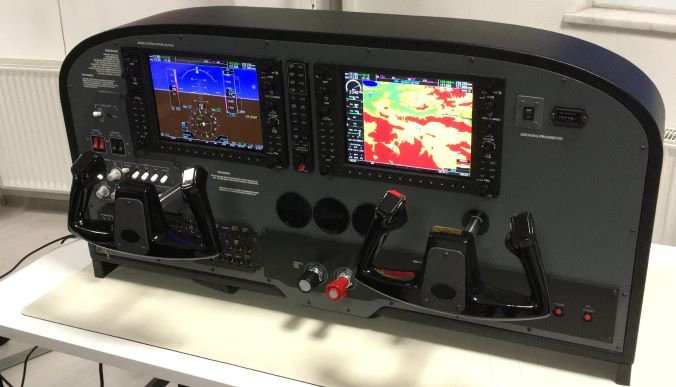
Spatial Disorientation is the inability of the flier to accurately perceive the movement and position of him/herself or the aircraft he uses relative to the earth's plane or to another aircraft within sight due to the fact that aircraft maneuvers affect the vestibular system or the feeling illusions created by the flight environment visually and psychologically. SDES is a movement-based, generic and multi-functional flight that can ensure that the feeling illusions within the scope of SD experienced in flight are kept alive in the cockpit environment at ground level, where aviation personnel can be trained and the treatment of "Motion Sickness", which may arise during flight missions, can be carried out through desensitization using some flight profiles, basic VFR (Visual Flying Rules) and IFR (Instrument Flying Rules) flight can be performed with realistic flight profiles. consists of a system.
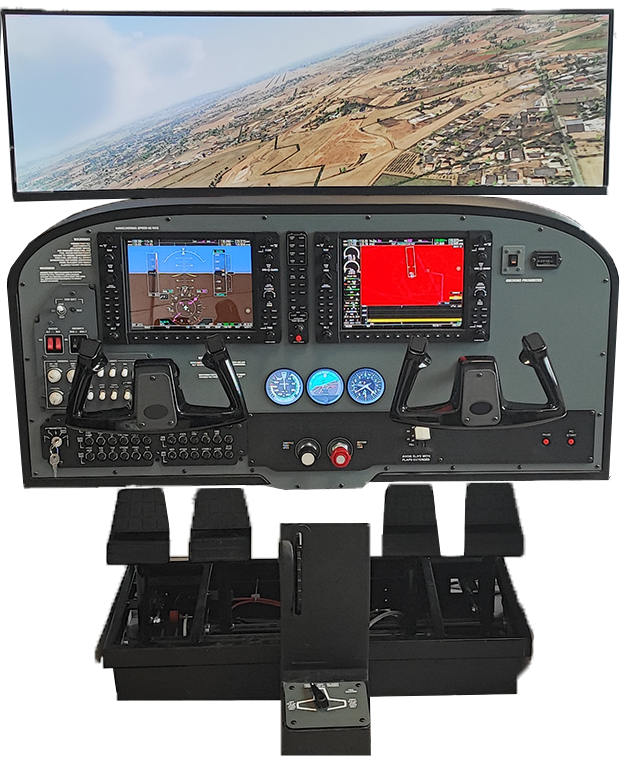
Features of SDES:
•A single-seater, enclosed and realistic cockpit environment
•Out-The-Window system with high-resolution visual image
•Flight instruments and gauges that provide a realistic flight atmosphere created in computer environment
•Mobility in three axes
•Basic flight capability under IFR and VFR conditions
•SD Tutorial program
•Motion Sickness Desensitization Program
•Medical monitoring
Health Sciences University Head of Center and Department of Aeronautics and Space Medicine
VIRTUAL COCKPIT SYSTEM WITH AUGMENTED REALITY APPLICATIONS FOR UNMANNED AERIAL VEHICLES (UAV-SKS)
With the UAV-SKS project, it is aimed to develop a Virtual Cockpit System (UAV-SKS) containing Augmented Reality Applications for Unmanned Aerial Vehicles. At the end of the project, a Virtual Cockpit System was realized as the basic product. Virtual Cockpit System (UAV-SKS) includes augmented reality applications. Project; Instead of a real Unmanned Aerial Vehicle (UAV), a trial platform with angular adjustable feature was built and used. Real units such as cameras, INS-GPS, etc. can be mounted on the trial platform. The Virtual Cockpit System (UAV-SKS) contains a unique software. With this software, the data from the trial platform are monitored and evaluated.
Contributions of the project:
•The camera to be used on the UAV will be controlled depending on the movement of the video glasses to be used in the UAV-SKS. When the user turns his head, the angle at which the camera on the UAV is facing will change.
•The route to be followed by the UAV in the flight mission will be entered into the UAV-SKS Software.
•By determining the trace of the path of the UAV, virtual three-dimensional objects can be drawn at the desired coordinates. Virtual three-dimensional objects will be able to be identified in advance with the help of a section in the UAV-SKS Software. At the same time, virtual three-dimensional ready-made objects can be added to the UAV-SKS Software from the outside. In this way, prohibited airspaces will be able to be defined in advance with the help of a section in the UAV-SKS Software.
1507 SME R&D Initial Support Program
INTELLIGENT PRODUCTION MANAGEMENT SYSTEM FOR THE AUTOMOTIVE INDUSTRY (IoToPro)
LTG took part as a project partner in the "1170452-IOTOPRO" project supported by TÜBİTAK in order to create Turkey's first product in the field of "Predictive Maintenance" by using the FPGA and Augmented Reality capabilities acquired with the idea of reducing sectoral risks by producing products for different sectors with the talents gained in the projects it completed. With the data collected from the production and maintenance facilities, Augmented Reality studies were carried out on AR Glasses, tablets, and smartphones on the maintenance personnel. The data collected in the cloud environment is stored in a large database after pre-signal processing algorithms and processed in machine learning and decision support algorithms. With IOTOPRO, products that will add an increasing momentum to Industry 4.0 studies have been presented to users.
1511 Priority Areas Research Technology Development and Innovation Projects Support Program
DEVELOPMENT of a SMART DEVICE that DETECTS FAULT LOCATIONS with TDR TECHNIQUE in UNDERGROUND HIGH VOLTAGE LINES (Cable Radar)
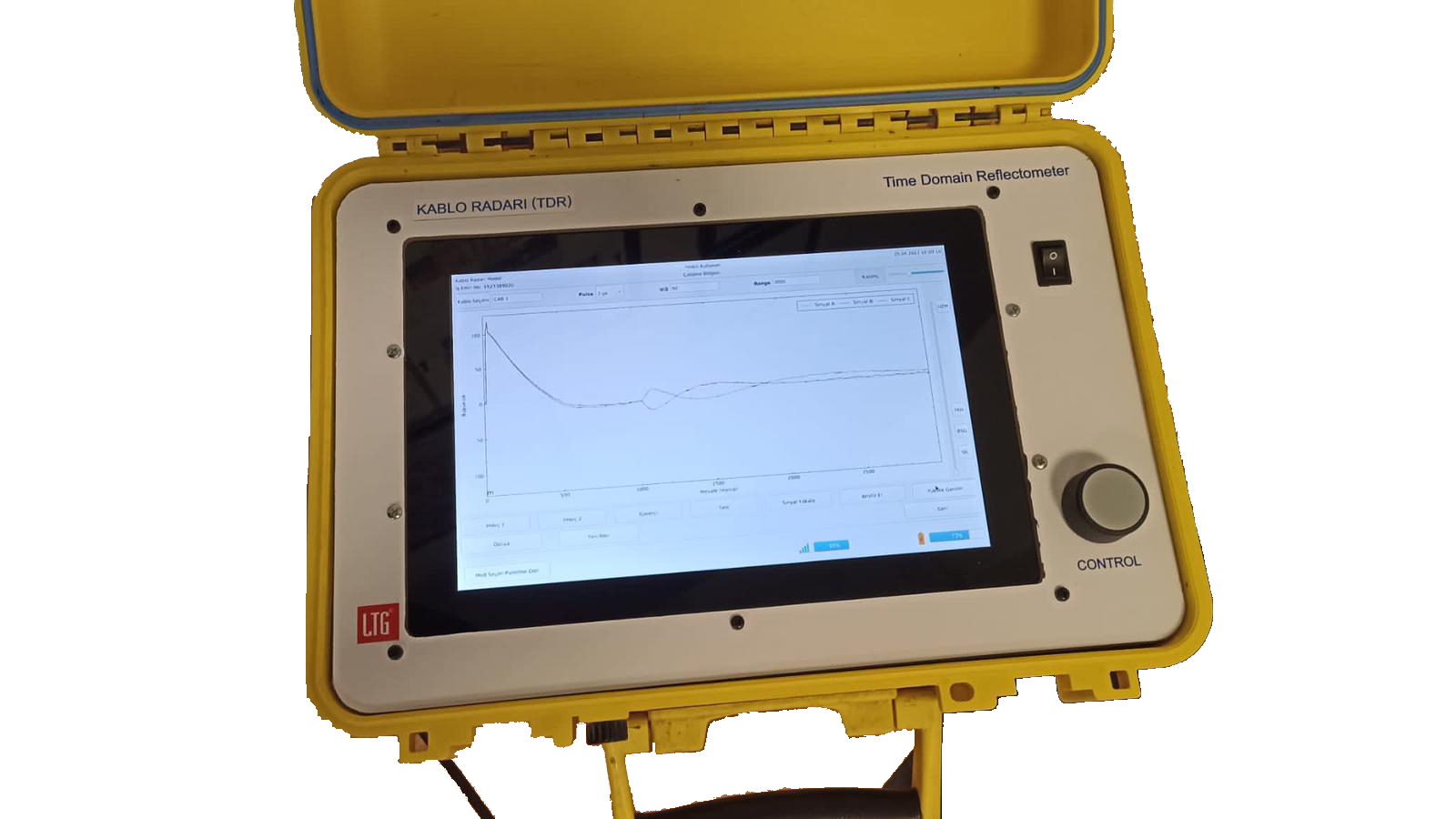
With the Cable Radar project, a test device has been developed that can detect fault leakage and measure quality by using Time Domain Reflectometer (TDR) technique in underground high and medium voltage power transmission lines. The developed Cable Radar is a unique device that detects the location of the impedance change points on the cable in meters by using methods appropriate to the wave propagation theory, works on its own, has IoT features, and from which new products can be derived.
1501 Industrial R&D Projects Support Program
DEVELOPMENT OF CABLE RADAR (TDR) INTEGRATED HIGH VOLTAGE ARC GENERATOR (HG-ARC)
In this project, it is aimed to produce a high voltage (HV) test equipment to be used in underground power distribution lines with the experience gained from the Cable Radar project. In the project, it is aimed to combine high-voltage technologies and high-performance electronic systems in a way to meet the EMC conditions to the maximum degree. A design with technical characteristics that will provide the maximum level of occupational health and safety required by the sector and that can cause the least damage to the equipment and the cable to be tested has been considered. If necessary, it will allow you to connect to the expert over the internet and send data to a reporting system in the center. This feature improves the IoT capability of its predecessor Cable Radar project. Since the area where the device will be used requires maximum life safety, it has control with a user-friendly interface. With the project, LTG will have a second product that complements and advances its predecessor project on High Voltage.
SADE-GENEL General Call
DEVELOPMENT of EDUCATION MODULES for SAFETY CRITICAL RAILWAY OPERATION SYSTEMS (DEM-SaCROS)
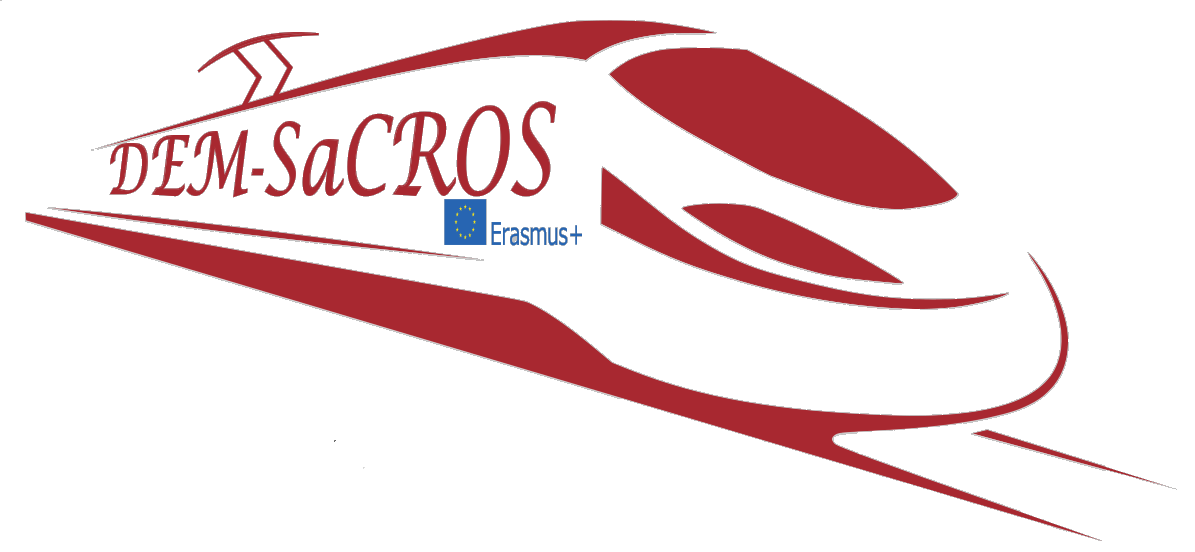
The aim of this project is to standardize railway education and training for personnel in Europe, in order to meet the higher standards set by technological advancements. This will be achieved by improving the syllabus at vocational transportation schools, developing standardized education modules, and upgrading occupational standards. The project targets two groups: those who have completed vocational high school education and those currently working in the railway sector. The goal is to educate highly qualified personnel to improve safe and sustainable railway transportation in the EU. This project is supported by the Erasmus+ Program and aims to enhance personal development and employment opportunities through education and training. The overall objective is to ensure railway safety and improve the quality of Union railway network services.
Erasmus +
